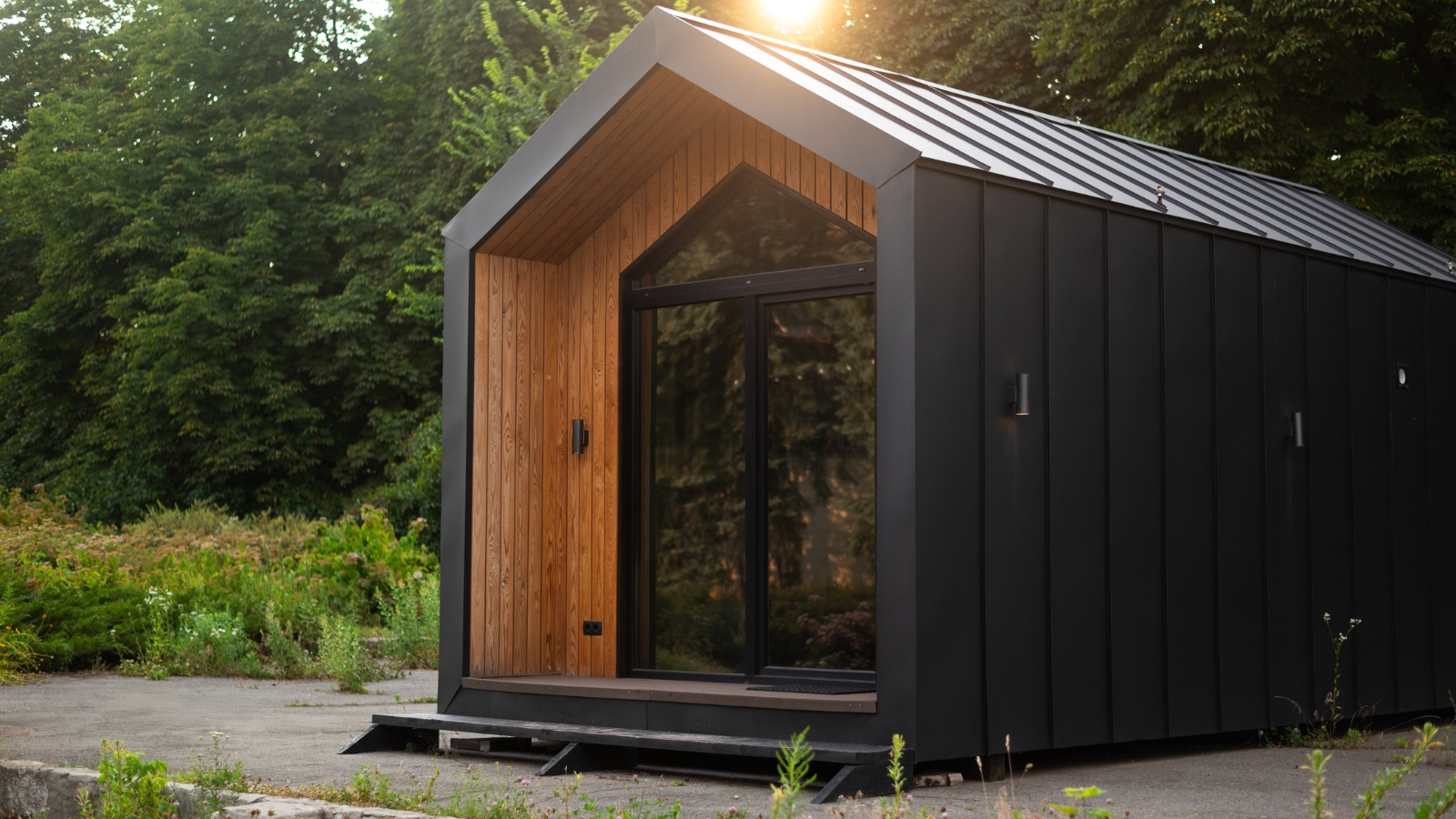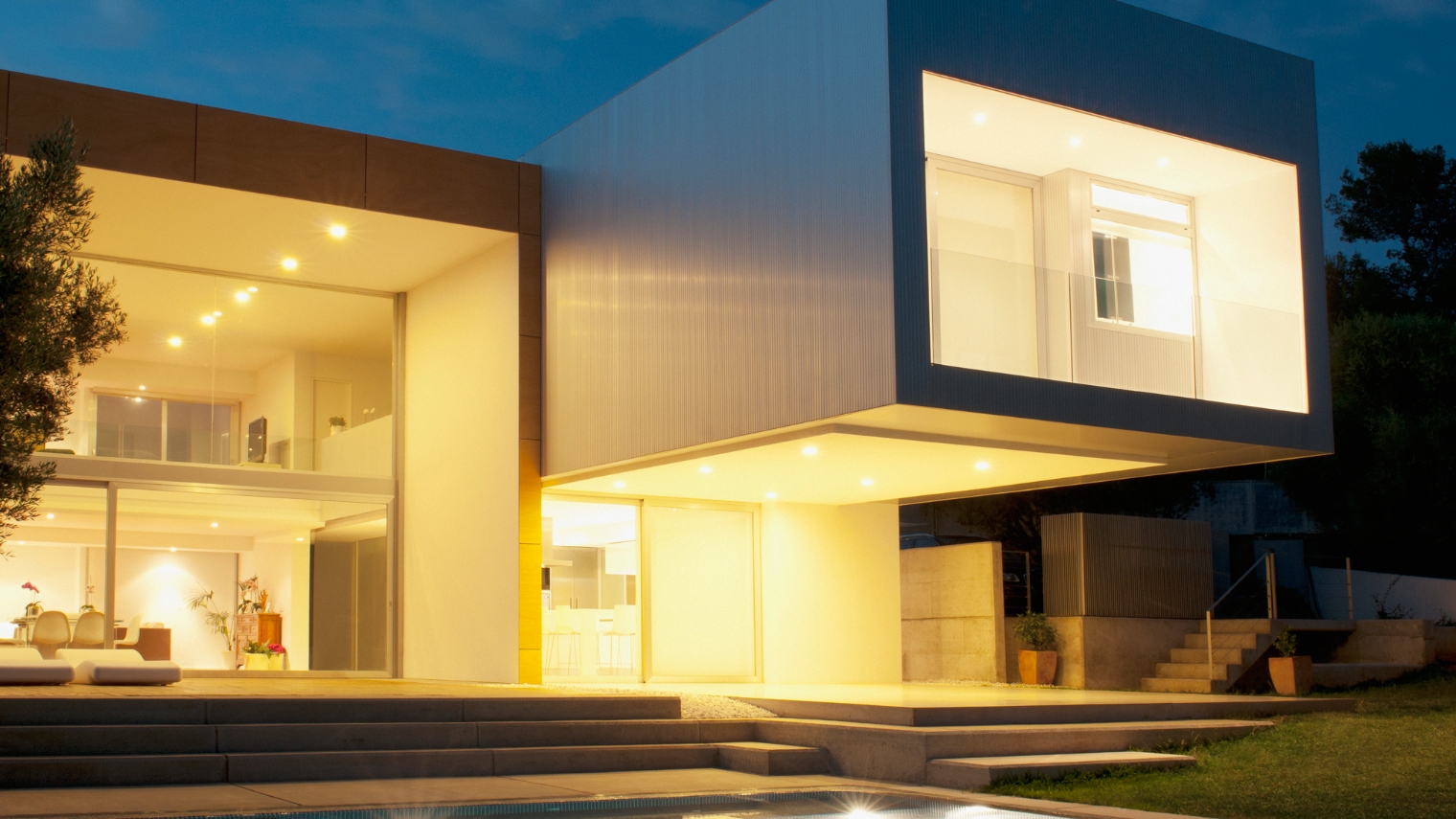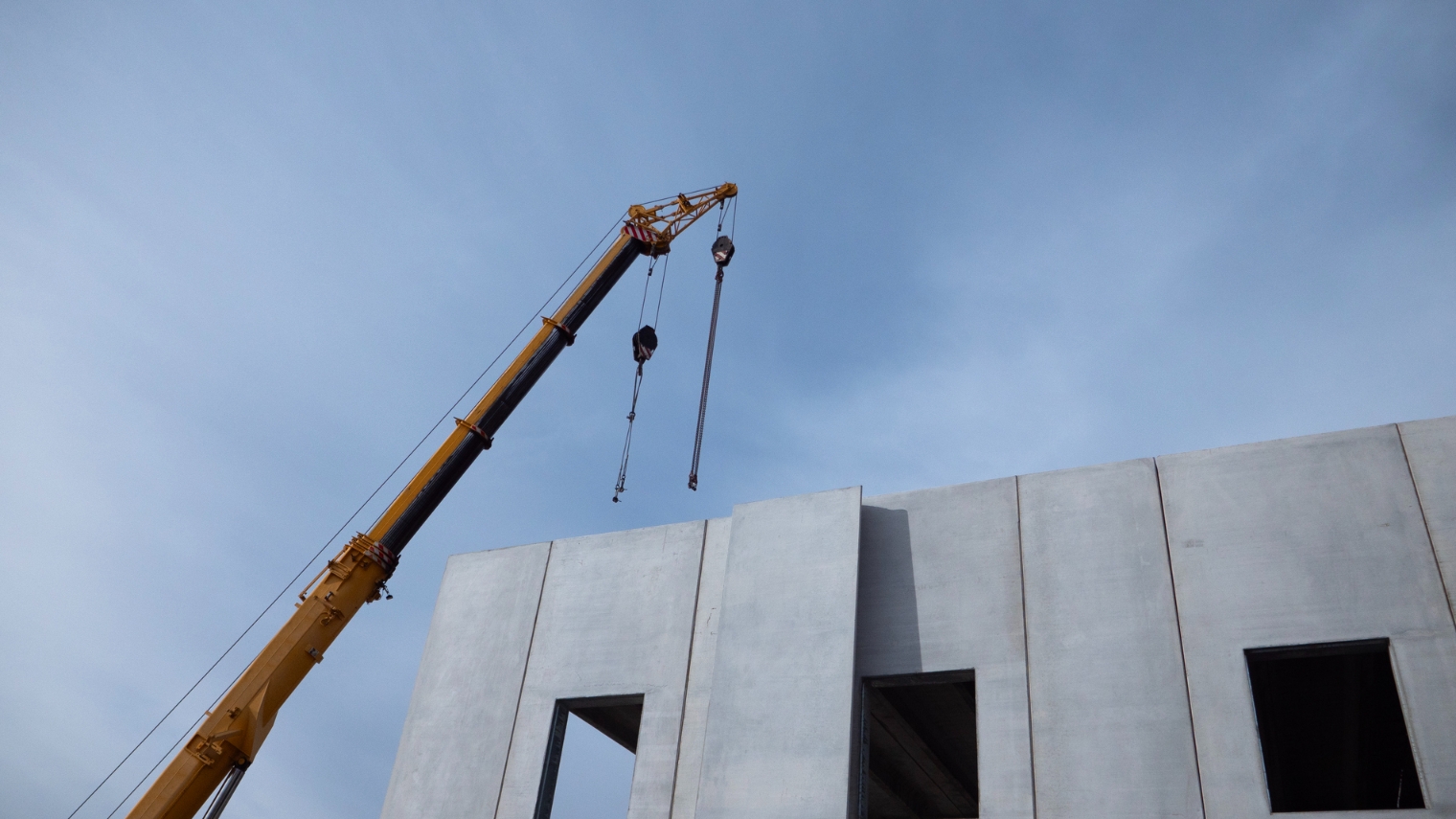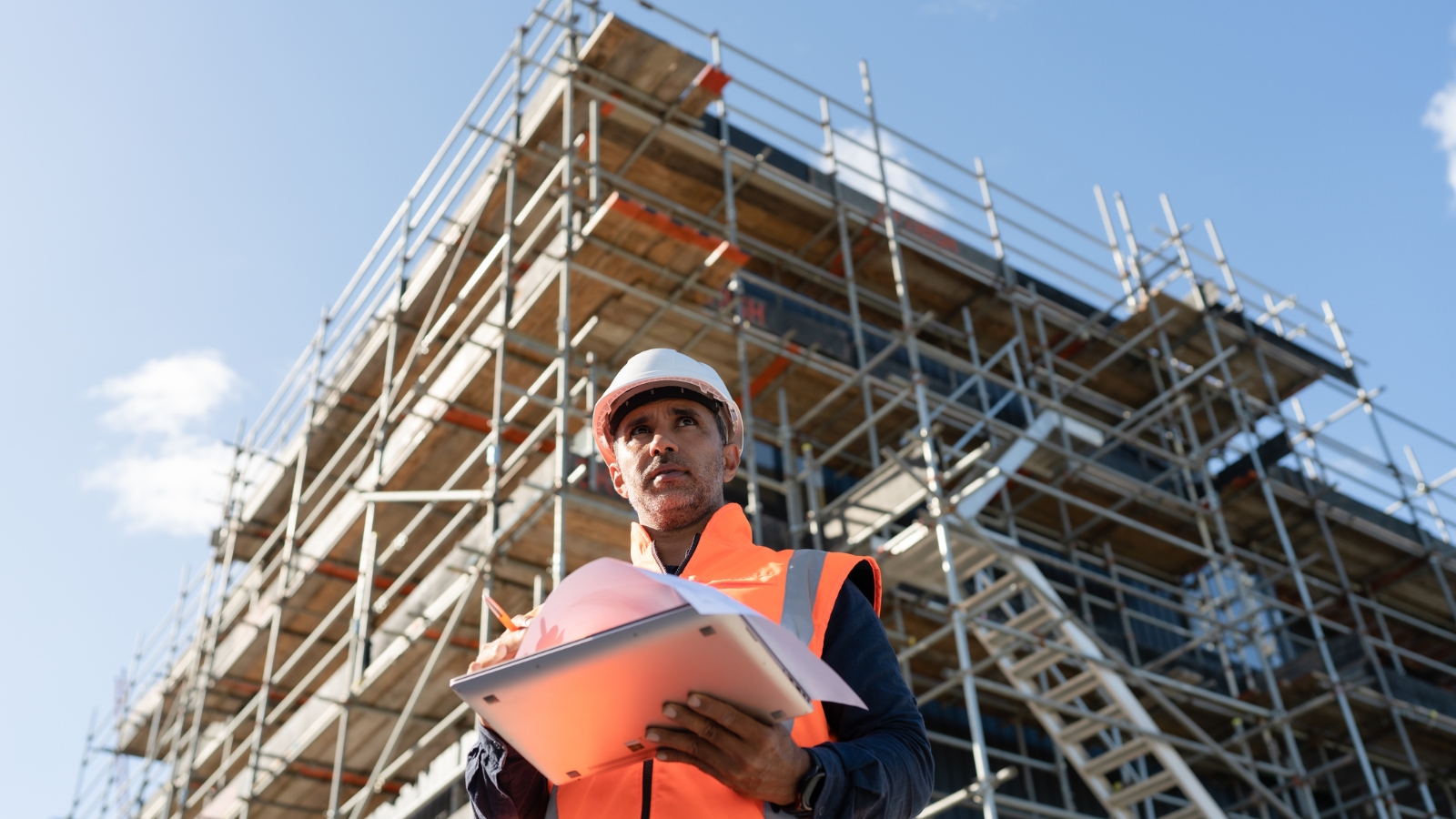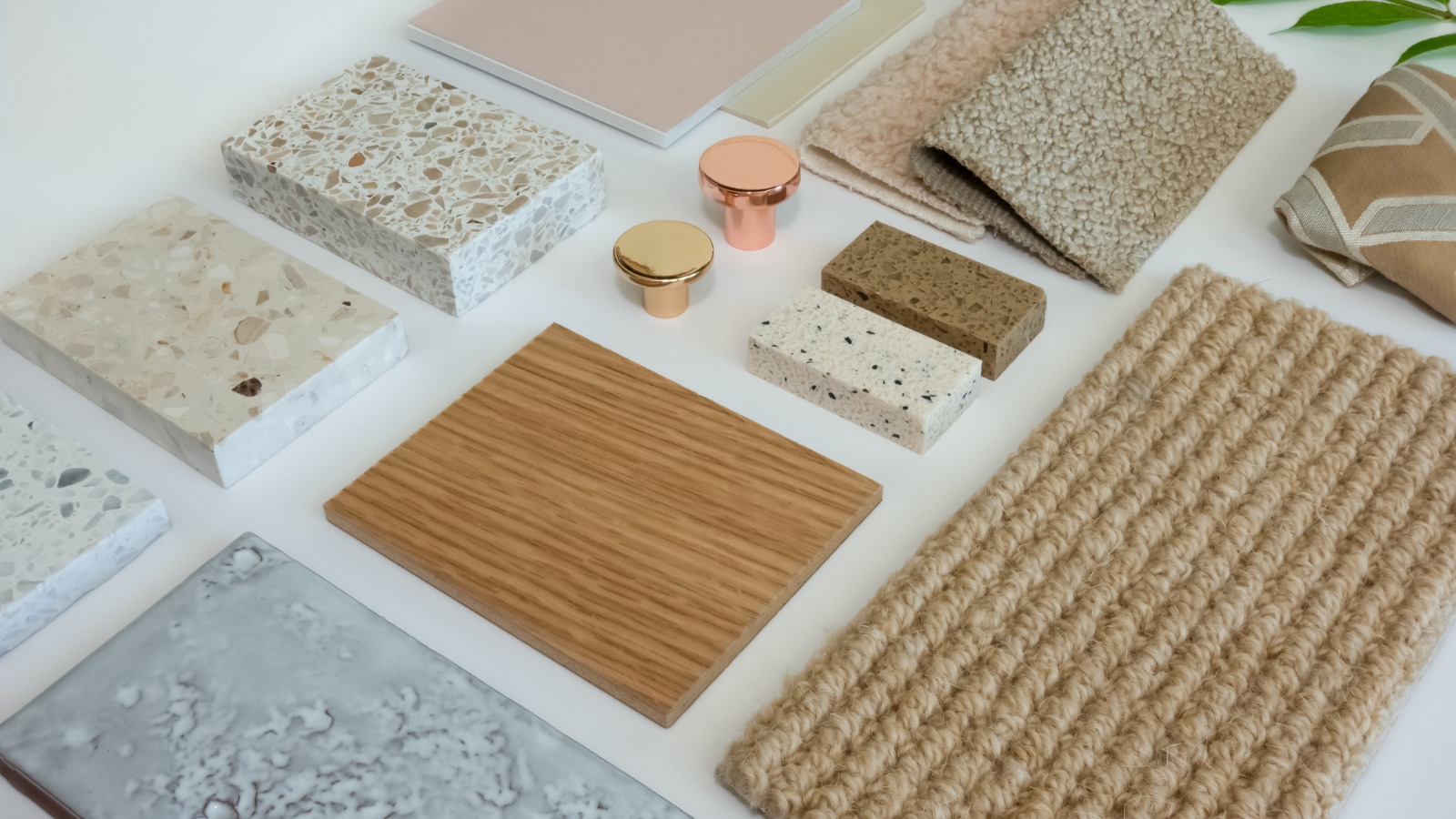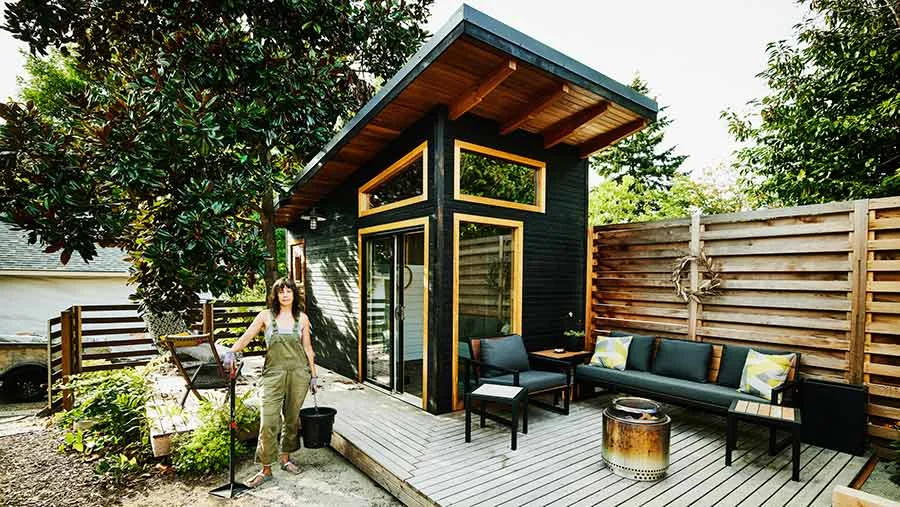Buying guide
Modular homes NZ: The ultimate guide
Quality homes, built faster and cheaper

It cost over $450,000 to build the average home in New Zealand last year, and traditional builds often take longer than a year. It’s no surprise Kiwis are looking for faster, more cost effective options.
One such option is a modular home in NZ - this modern way of building can be months faster, and is often much cheaper than traditional methods. Here’s everything you need to know.
What are modular homes?
Whereas homes are traditionally built almost 100% onsite, modular homes in NZ are built differently - they’re put together using sections that are manufactured offsite in a factory. The sections, or modules, are typically delivered to site in panels, before being fit together by a licensed building practitioner.
Because a lot of the building work is done in the factory before anything arrives at your site, modular builds typically take less time, and can be more cost effective.
The benefits of modular homes in NZ
New Zealand is finally catching on, and modular homes are fast becoming more popular here, but other countries are way ahead. In fact, 80% of family homes in Sweden are modular, and 45% of Scandinavian homes, and up to 20% of Japanese homes. Here’s why:
Less time onsite
Traditional builds typically take between 8 and 18 months, with builders and tradies onsite the entire time. It’s important to remember that you will need to live elsewhere during the build, which means you could be paying two mortgages, or rent and a mortgage. If your section cost $400,000 for example, your mortgage repayments on that over 18 months could be more than $35,000.
Modular builds, on the other hand, typically take 3-12 weeks, depending on the complexity of the build. That means that you’ll spend less time paying two mortgages, site works insurance, and all those other extra costs that come when building.
More certainty
Because there are so many suppliers and trades involved in traditional builds, timelines can be difficult to estimate, and things often take longer than expected. Modular build timelines are much easier to estimate because their construction is less complex - in other words, if a builder says it’ll take six weeks to build a modular home, it’ll most likely take around six weeks.
Better quality control
Traditional building methods are not easy. They are very labour intensive, and require lots of cutting and measuring - they’re also typically completed on building sites where weather conditions vary. Human error can often compromise the quality and consistency of the end results. Modular homes are different - most of the work is automated by machines in a controlled factory environment, which means the end results are typically more consistent, and less affected by human error.
Lower labour costs
Because most of the work is already done in the factory, most modular homes can be built in a matter of weeks onsite by a small team. This means labour costs are typically much lower for modular builds.
Possibly lower overall costs
Modular construction is a very efficient way to build, with less labour required, and less waste. Because of that it’s often more cost effective than traditional methods (or at least competitive).
More sustainable
Modular construction is typically more environmentally friendly for a few reasons. For one, the processes are designed to create much less waste than traditional methods, since the homes are partially built in controlled factories using machines - not onsite by builders. Secondly, they’re often built to be more energy efficient, requiring less heating and cooling thanks to precise construction and high levels of insulation.
You'd be surprised what modular builders can create.
How to build a modular home in NZ
In many ways building a modular home is similar to building a regular property. You’ll still need to get finance, decide on a design, choose builders, purchase a section, get council consent, and so on.
So to get you started, here are a few guides that cover the basics of building in general.
For more specific information on building a modular home in NZ - keep reading:
Choose a supplier
Once you have figured out what you need in a home and what your budget is, it’s time to look at your options and choose a supplier. There are dozens of modular home builders in New Zealand - see below for a list of recommended suppliers.
Most of these suppliers should provide a build timeline, build instructions, cost estimates, and potentially suppliers for everything that goes in the house, making the process fairly straightforward. It’s a good idea to get a lawyer to review your build contract before you sign anything, to make sure you know exactly what you’re getting into.
Finance and insure your build
Financing a modular home typically requires a little extra work than financing a regular build, but you may be able to get across the line with as little as a 10% deposit.
You’ll need to make an application for a construction loan with a lender who accepts modular builds like Westpac for example. You should have formal approval from your lender (or at least pre-approval) before you sign any contracts, or agree to anything. You’ll also need specific insurance to cover the manufacturing, transport, and build process - ask your lender for a suitable provider. Lastly your builder will need to meet a few specific requirements before they start.
Choose a section
When you purchase a section make sure you select something that suits your modular home design. When searching consider:
Location: are you close to all the stuff you care about, like work, schools and other amenities?
Aspect: will your home get much sun?
Exposure: how will the wind and weather affect the site?
Size: is there enough room for the build?
Noise: are there nearby roads, large housing developments, or other infrastructure that could make your section noisy?
Shape: is the section a good shape to fit your home? Square or short rectangle shapes are often best, with triangles, and other irregular shapes being best avoided.
Contour: flat sites are the cheapest and easiest to build on, whereas sloping ones often mean extra cost and complexity.
Access: check with your provider before buying whether or not there is sufficient access to the section to deliver modular panels. Poor access can make the build impossible, or more expensive.
If you need a hand choosing a section, it’s a good idea to run your options by your modular home builder. They can let you know any limitations a site may have so that you know before you buy.
Design and customise
Most prefab and modular homes feature ready-made designs, but there’s usually some level of customisation available. But keep in mind that typically the more you change, the more your build’s price will increase.
Get council consent
You still need building consent and a code compliance cert to build a modular home, but your supplier and builder should be able to handle most of this process for you. Many modular builds also have what’s called a multi-proof consent, which is effectively a verification from the council that a standard design meets the building code. If it's multi-proof, it is usually processed quicker, with less work required on your end (and potentially less cost).
Choosing a builder
Some modular home companies will supply labour to erect the home on your section, but others will not. If your supplier doesn’t provide labour to build the home, you’ll need to choose your own. To do that it’s a good idea to get several quotes, meet a few builders, then make a decision.
When choosing a builder look for:
A licensed building practitioner, preferably a Master Builder.
Good online reviews, or testimonials.
Houses built in the nearby area that you can inspect.
Experience building modular homes.
Guarantees for workmanship offered.
Someone with project management experience.
If you get several quotes one will inevitably end up the cheapest - but don’t automatically choose that option. Make sure the quotes include everything that’s required, and ultimately you should choose the builder who has the best experience, and who you feel most comfortable with. It’s also worth choosing a builder who has the experience to manage the entire project - you could do this yourself to save money, but it’s a difficult and time consuming job best left to professionals.
Modular buildings come in all shapes and sizes
The building process
With a supplier, builder, finance, insurance, and a section, you’re finally ready to break ground. Here’s how the modular building process generally works:
Site preparation: including clearing, levelling, building foundations, planning and arranging service connections (water, electricity, sewerage, internet etc).
Delivery of materials: your modular supplier will deliver all materials required for the build to your section
Building and installation: this phase is typically completed surprisingly quickly for modular homes, by a much smaller team.
Finishing touches: landscaping, building driveways, and installing appliances, and decor elements in your home is the last step. Landscaping in particular can take longer than expected, so it’s a good idea to get started in advance
Hot tip: With modular building the build process is incredibly quick, and will be over before you know it. That’s why it’s a good idea to put as much work as possible in at the start, during planning, budgeting, financing, consenting, designing, and choosing your suppliers. If you do these first bits well, your build will be a success.
NZ’s modular home suppliers
There are dozens of modular home suppliers throughout New Zealand - here are a few of the most prominent names in the game:
The Living House - NZ Wide
Low cost, fast build, climate positive houses designed by a prominent architecture firm, RTA Studios, and available nationwide. These 85 sqm, three bedroom, one bathroom houses can be built for just $335,000 in six weeks by three people.
Nook - NZ Wide
Nook builds premium modular homes, using mainly NZ sourced materials, and high end finishes and appliances. They offer the ability to purchase a modular home off the plans, customize a plan, or design your own bespoke modular home with their inhouse architects. Prices from $500,000, excluding site specific costs.
Bode - NZ Wide
Bode are a modular home builder with a range of homes built using precision manufacturing technologies in their factory in Wellington. Their design approach enables them to manufacture a huge range of design outcomes from one ‘kit of parts’, which means lower costs, and consistent quality.
Arbol - NZ Wide
Energy efficient, timber clad modular buildings, designed to cut your power bill, provide year round comfort, and use mainly natural products. Headquartered in chilly Queenstown, these builds are insulated a minimum of 40% above NZ standards.
DISCLAIMER: The information contained in this article is general in nature. While facts have been checked, the article does not constitute an advice service. The article is only intended to provide general information about modular homes in NZ. Nothing in this article constitutes a recommendation or any specific advice for any person. We cannot assess anything about your personal circumstances, all of which are unique to you. Before making decisions about building a home, we highly recommend you seek professional advice.
Author
Other articles you might like
